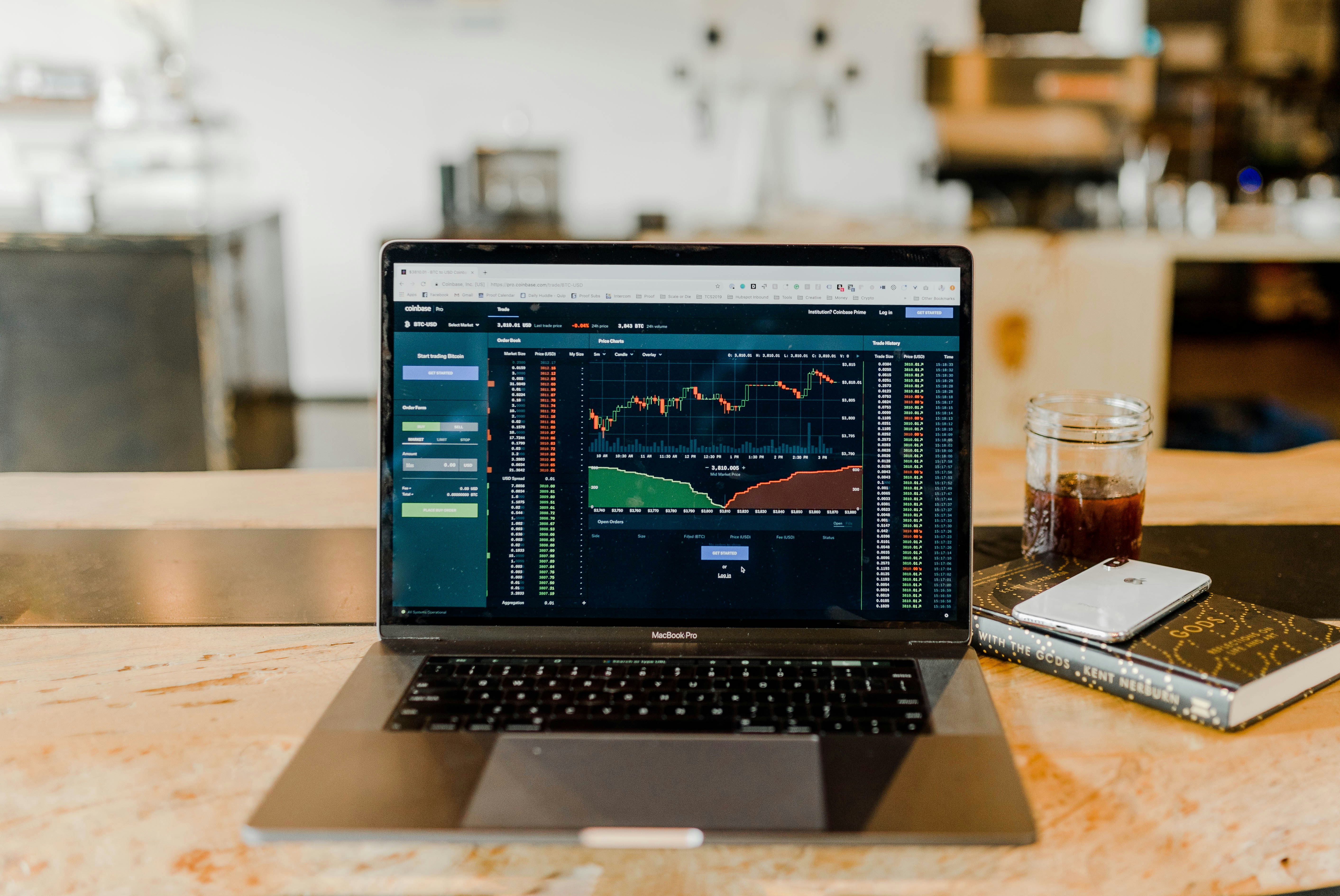Astrazeneca (AZN)- Technical & Fundamental Analysis
$12,416
Astrazeneca (AZN)- Technical & Fundamental Analysis
06 Nov 2025, 09:34

Unsplash.com

The price target for the S&P 500 by Barclays U.S. strategists was increased from 5300 to 5600 for 2024. The reason given was a marginal premium over the present fair value of the index excluding the technology sector (SPX ex-Tech) and a 34x multiple for Big Tech.
The analysts predict that Big Tech will maintain its lead in the next twelve months (NTM) profits growth and that inflation will continue to normalise as long as the economy is robust. Their base case FY24 S&P 500 earnings per share (EPS) projection of $241 is multiplied by 23 as a consequence.
Barclays observed that Big Tech's growth-adjusted multiples are not viewed as unduly inflated. Big Tech's price-to-earnings ratio (PEG) has been falling year-to-date as the group continues to profit from numerous growth vectors, including the second wave of the AI ecosystem. The group's two-year PEG ratio is not substantially greater than that of the S&P 500.
Barclays has just raised its fair value price-to-earnings (P/E) forecast for the remaining S&P 500.
Although rising interest rates continue to be a challenge, their fundamental valuation approach shows that the fair value P/E for the S&P 500 ex-Tech is benefiting from improving manufacturing PMI and slower inflation over the previous year.
Regarding its bull and bear case scenarios, Barclays stated that they centre on the multiples associated with Big Tech, which are indicative of the company's substantial impact on the US equities market.
By year's end, the S&P 500 may hit 6100 if Big Tech companies maintain their trend of beating and raising their prices and manage to obtain an even higher forward value. On the other hand, a decline short of the already lofty projections may drive the benchmark index down to 4950.
A 2025 price goal of $6,500 for the S&P 500 was also established by strategists, based on a 24x multiple of their base case $268 earnings forecast for that year.
(Sources: investing.com, reuters.com)